ecosystem-guides.com
....exploring the planet's ecosystems
AUSTRALASIAN
Temperate Dry Sclerophyll Forest & Woodlands
(south-western)
The Eucalypt forest and woodlands of south-western Australia have evolved in isolation into a different set of plant and animal species that are often quite different from the more familiar ones in the south-east Australia temperate forest and woodlands.
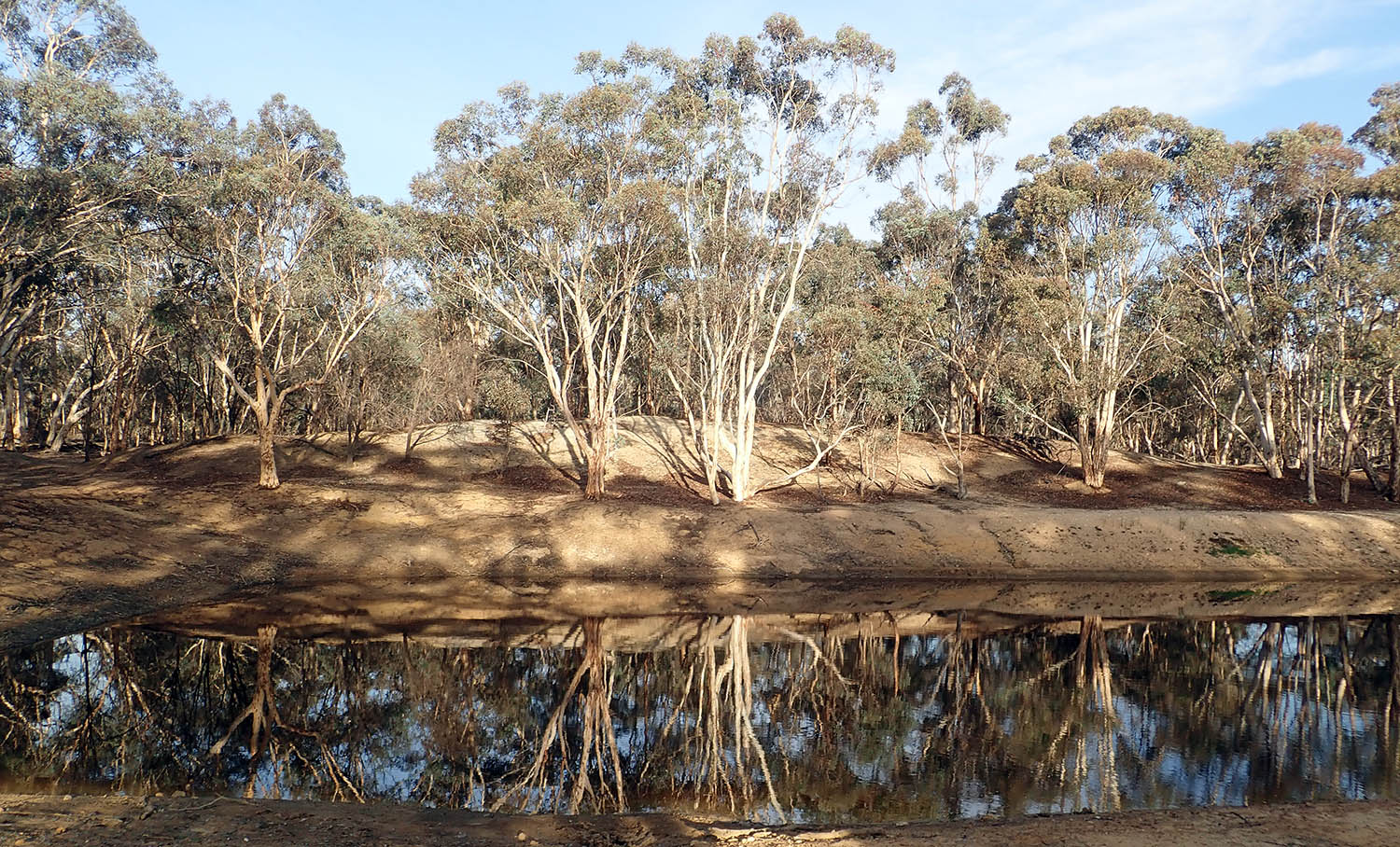
The south west packs a great range of different temperate vegetation communities into a relatively small corner of the south west of Australia. There are distinct types of dry forest and woodlands here. They are usually (but not always) dominated by species of Eucalyptus, and are often named for the main canopy species, including; Jarrah forest, Marri forest, Karri forest, Wandoo woodlands, and others...
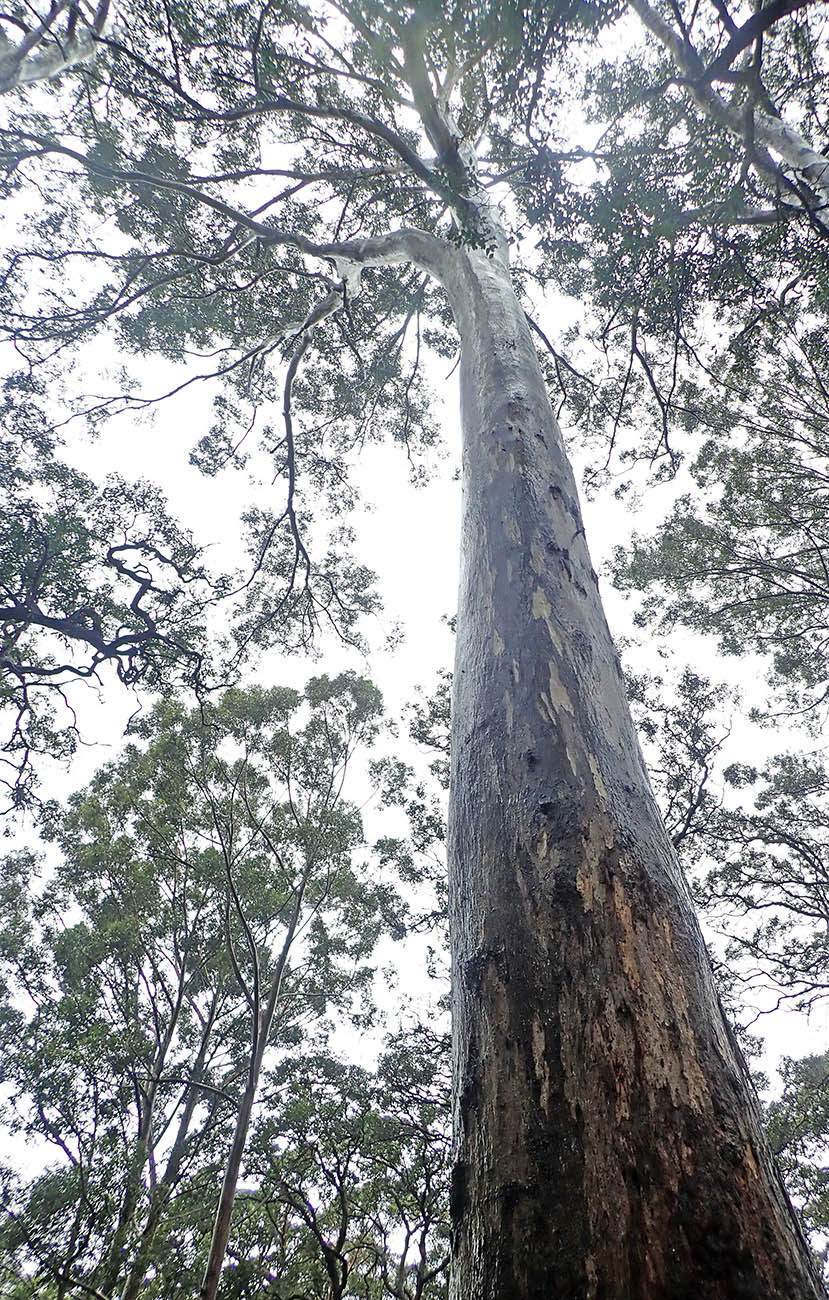 Karri Gum
Karri GumFire can be a regular occurrence in the temperate Eucalytptus woodlands and open forests. The trees burn easily, as Eucalyptus have high amounts of flammable oil in their leaves. Human populations in Australia are concentrated in the south-east and south-west in or on the edge of these woodlands, thus there is a lot of effort and study put into managing fire regimes.
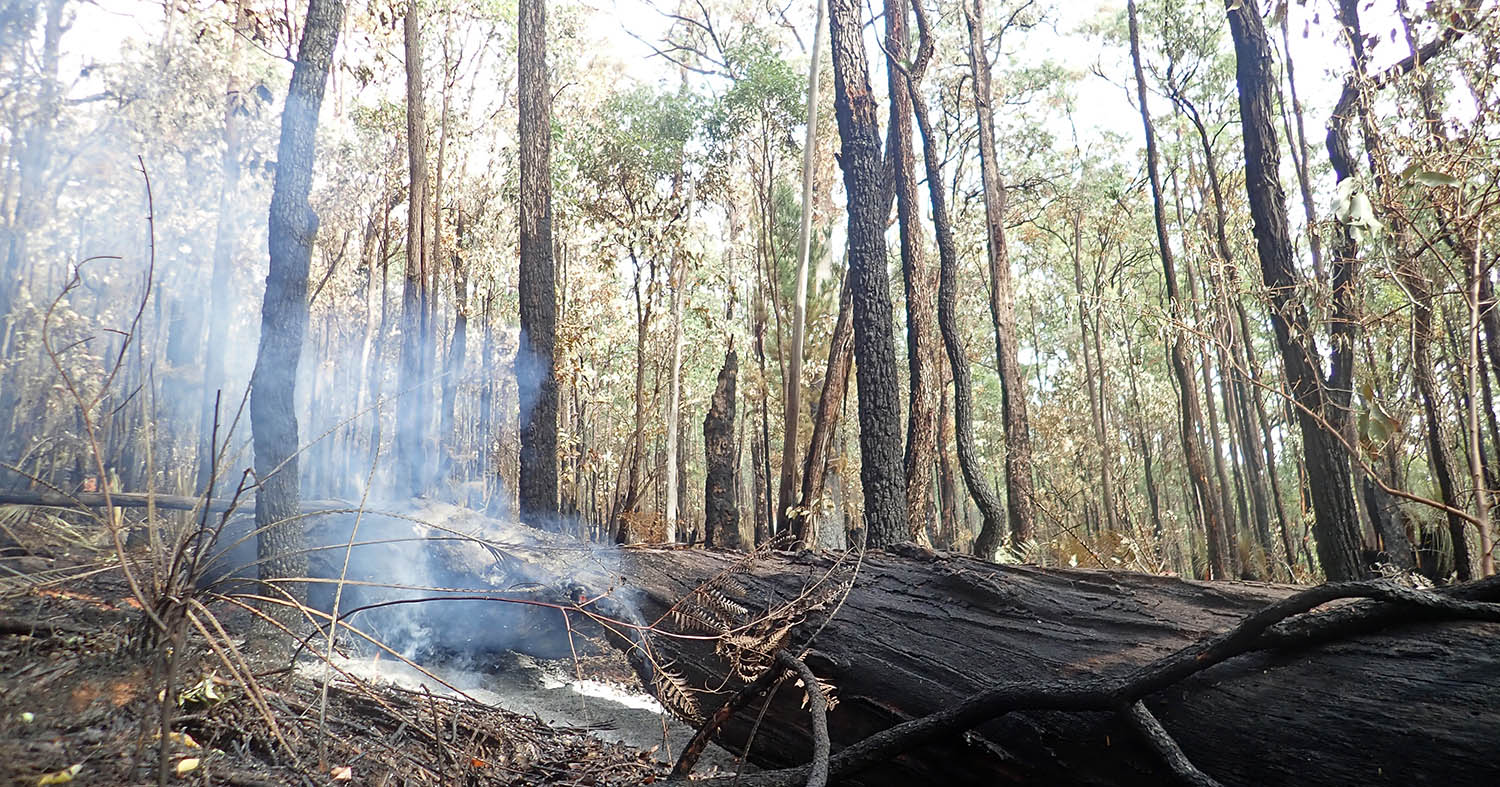 (near Lane Poole National Park, W.A)
(near Lane Poole National Park, W.A)The family Dasypogonaceae contains the genus Kingia, of which there is only species in this genus: Kingia australis. This species is another botanical endemic to south-west Australia. They strongly resemble 'Grass Trees' Xanthorrhoea and often grow in the same habitat within the south-west, however, they are not closely related. Instead of flowers on a single long stalk, they are produced on many shorter 'drumsticks', thus the common name.
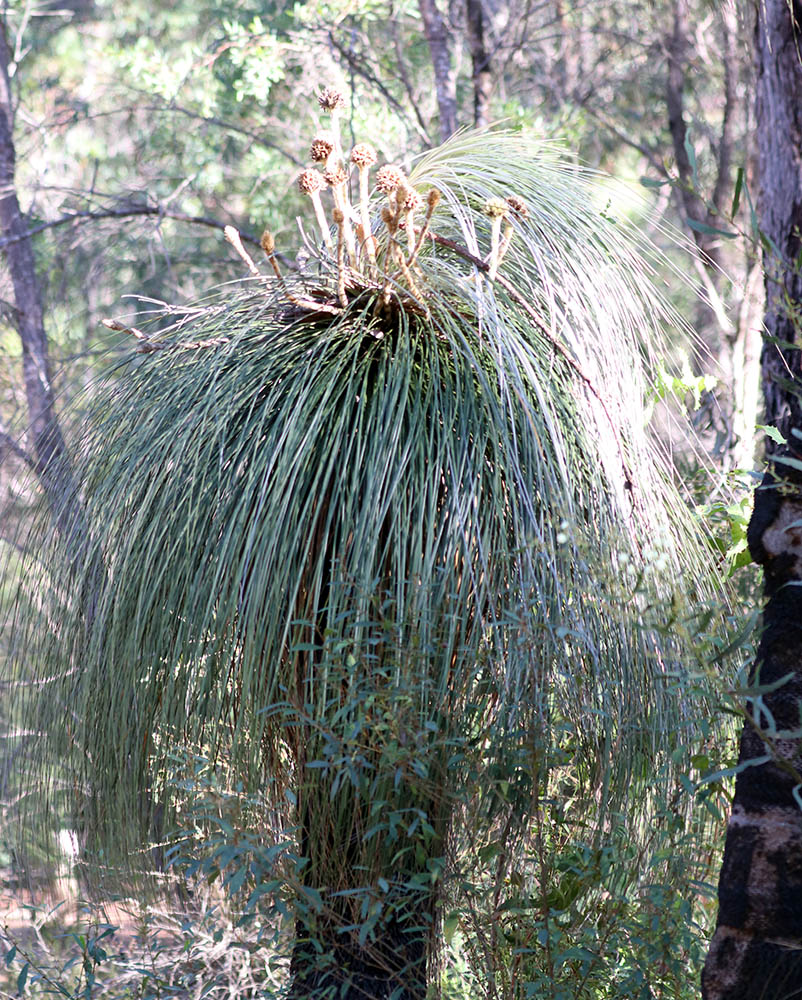
The family Haemodoraceae is an important one in the south west woodlands, as it includes the iconic 'Kangaroo Paws'. Below is Anigozanthos flavidus, 'Yellow Kangaroo Paw', like many of it's relatives, it is endemic to the forests of south-west Australia.
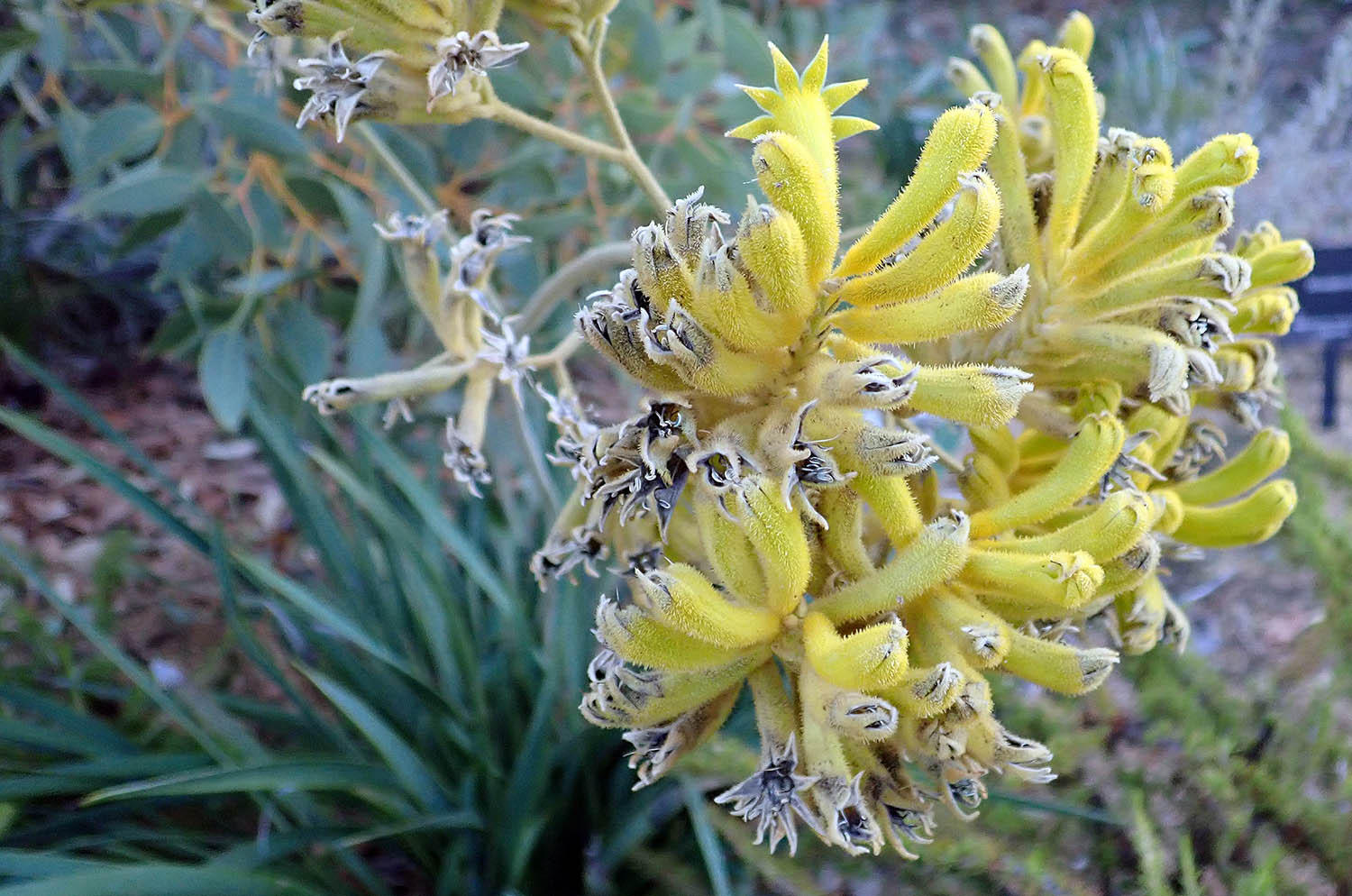 (Kings Park, Western Australia)
(Kings Park, Western Australia)Adenanthos barbiger, 'Hairy Jug Flower' Usually found in understory of jarrah forests only in south-west Australia.
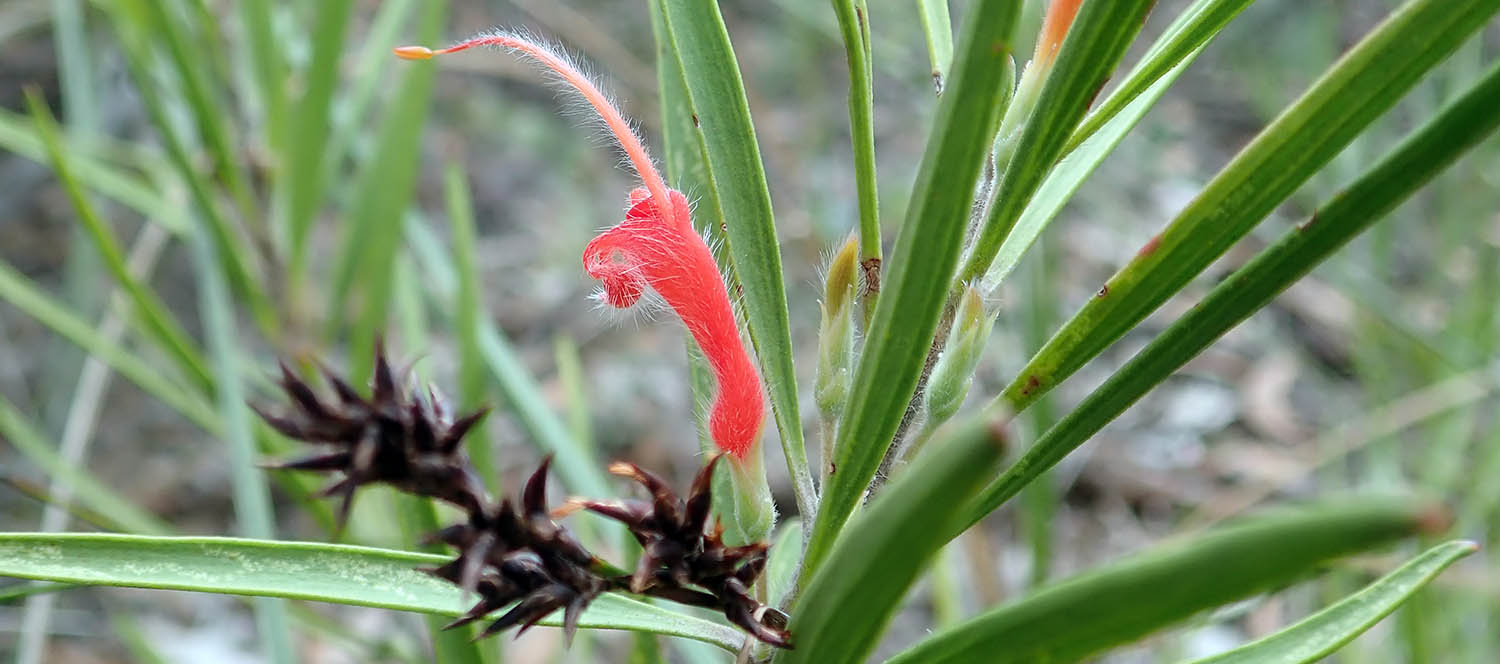
The family Proteaceae include a huge range of understory plants in the south west forests and woodlands. While the Banksia genus is well known in the south east, there are many more species in the south west, including some bizarre, beautiful and large species; the biggest banksia cone (Banksia grandis) is as tall as a human head!
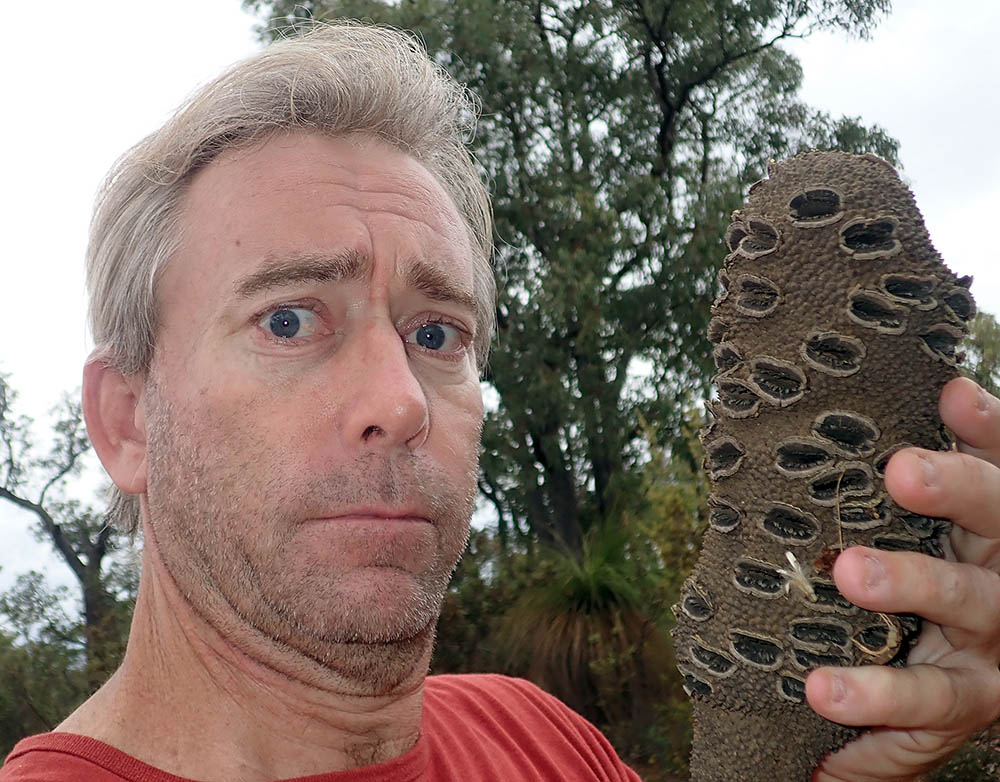 The author Damon Ramsey with a large fruiting cone of Banksia grandis (Avon, W.A.)
The author Damon Ramsey with a large fruiting cone of Banksia grandis (Avon, W.A.)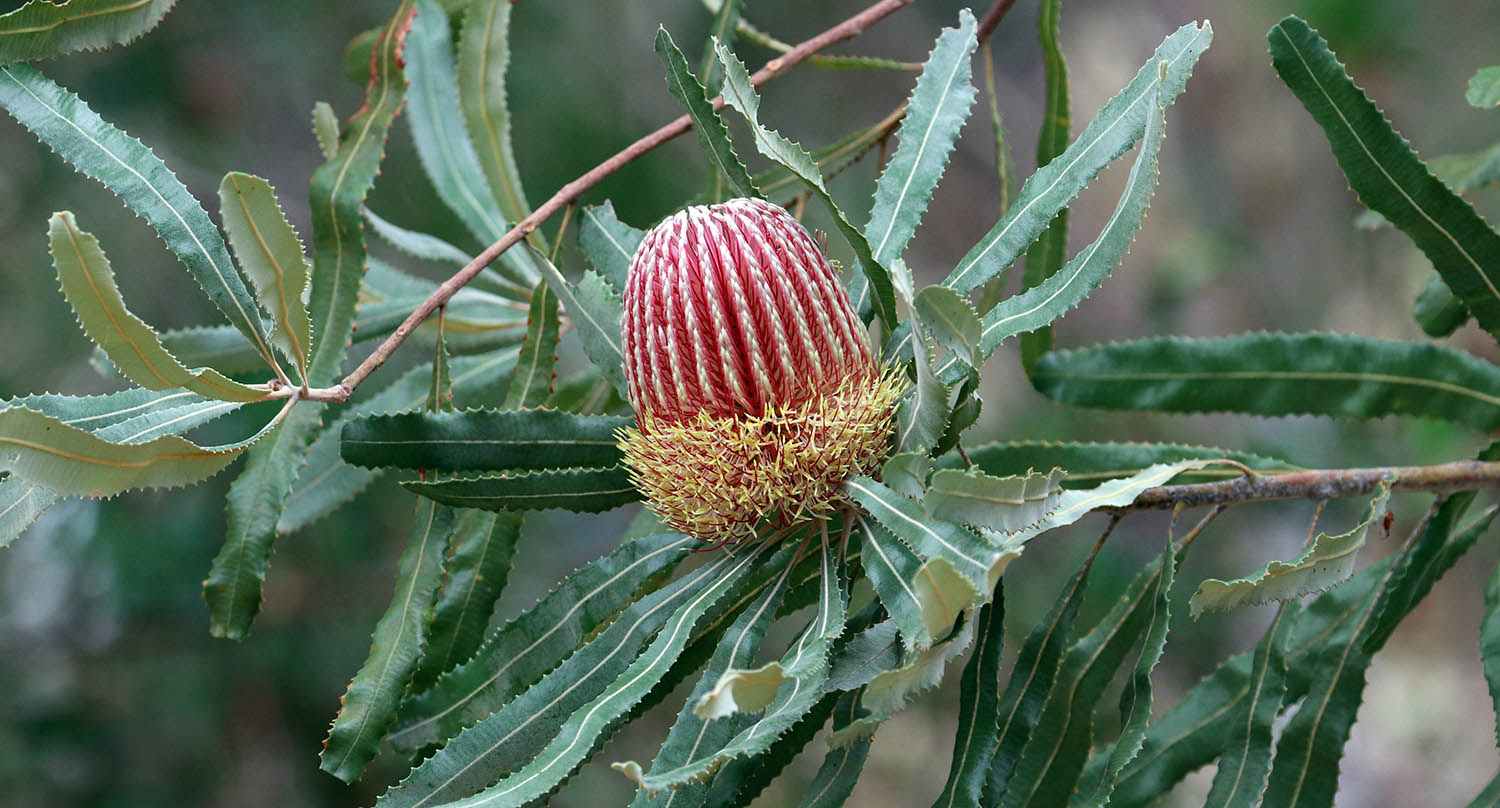 Banksia menziesii, 'Firewood Banksia', (Yanchep, Western Australia).
Banksia menziesii, 'Firewood Banksia', (Yanchep, Western Australia).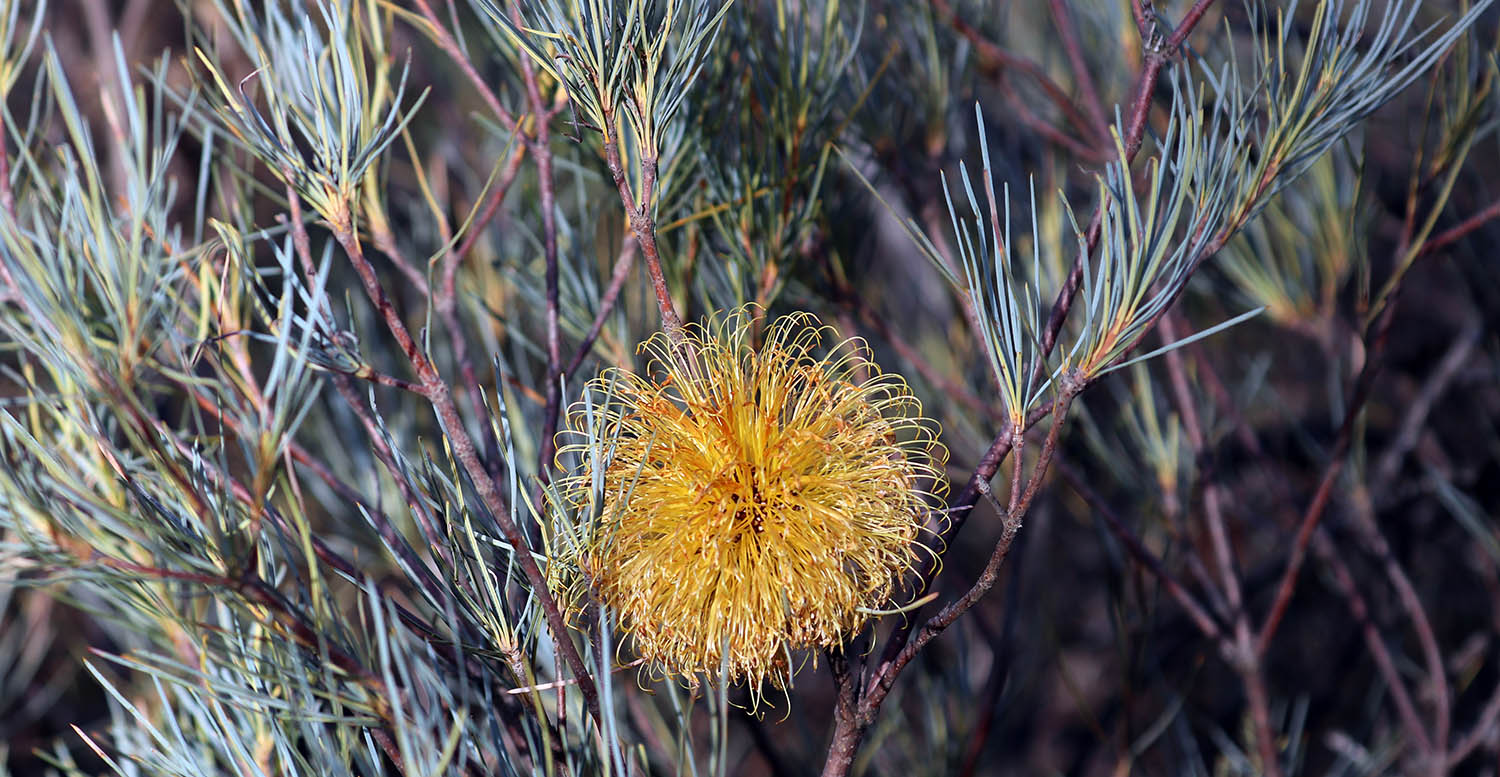 Banksia sphaerocarpa, 'Round-fruit banksia', 'Fox Banksia', (Dryandra, Western Australia).
Banksia sphaerocarpa, 'Round-fruit banksia', 'Fox Banksia', (Dryandra, Western Australia).These species previously in the genus Dryandra were included in the genus Banksia from 2007. Below is one of the more commonly seen in the south-west: Banksia (Dryandra) sessilis. 'Parrot Bush'. A common and widespread plant in various habitats within it's south-western Australian range.
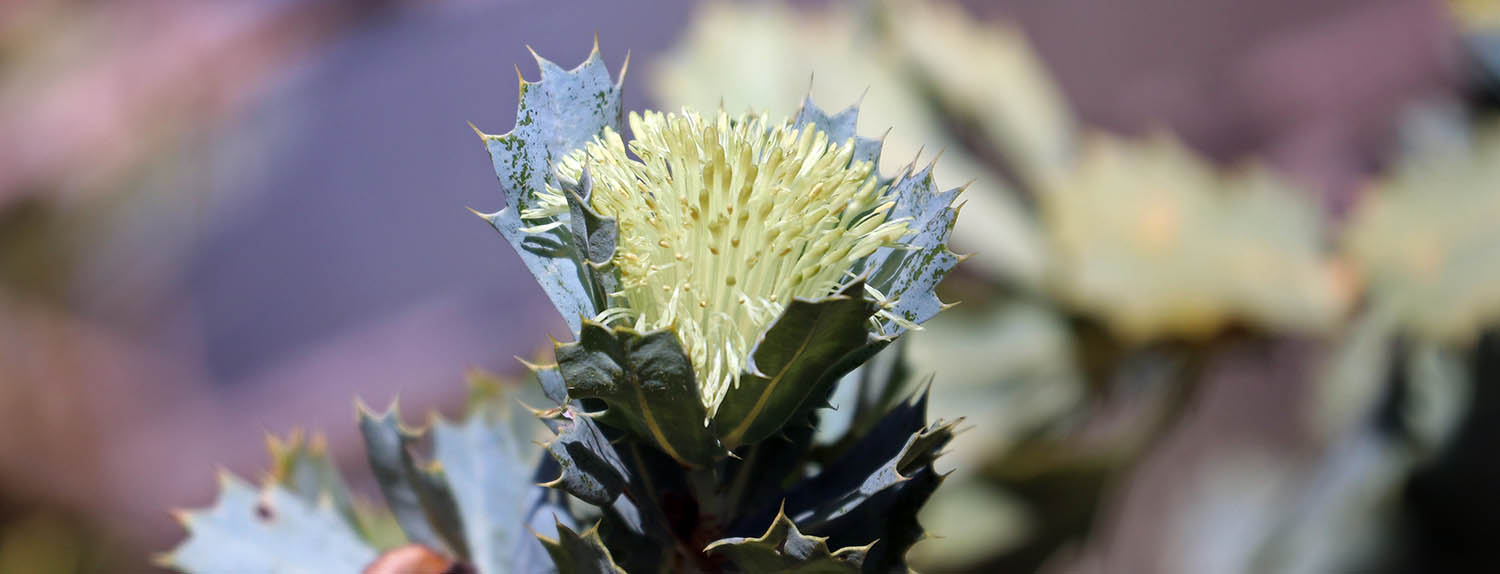 (Dryandra, Western Australia)
(Dryandra, Western Australia)The huge legume family Fabaceae is divided into several different subfamilies. The subfamily Papilionoideae or Faboideae ‘Beans' is a massive group, with over 10,000 species in some 400 genera. They are found all over the world, but are best developed in the tropics. There are over 1000 species in Australia, with many species across the continent. The easiest way to identify species in this group is by their ‘pea’-like flower, where one petal is much larger than the others. Below is Bossiaea linophylla, one of many shrubs endemic to south-west Australia.
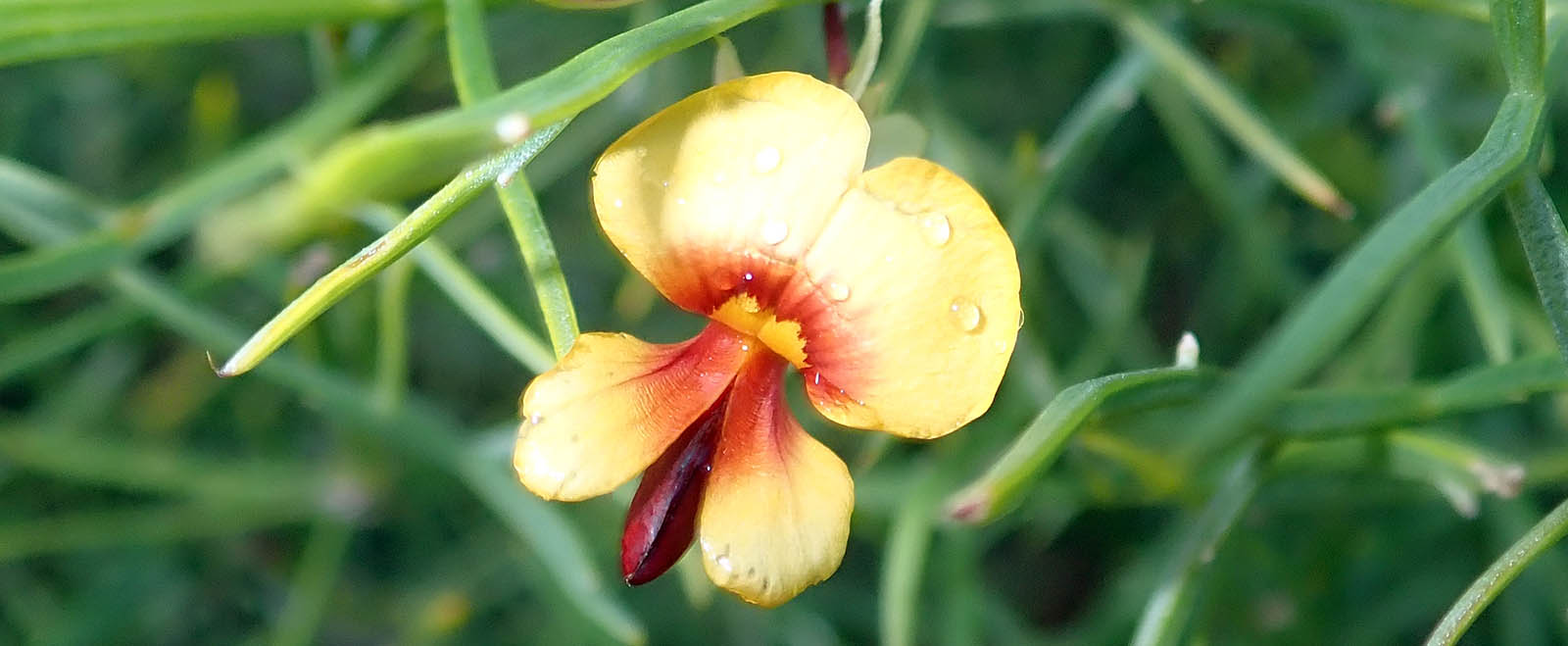 (Cape to Cape, W.A.)
(Cape to Cape, W.A.)Of course the Legumes also includes the most speciose groups across all of Australia; the Acacia. Most of these are yellow flowered, but there are exceptions such as the species below: Acacia willdenowiana, 'Grass Wattle', which can have yellow or snow white flowers. It is endemic to south-western Western Australia.
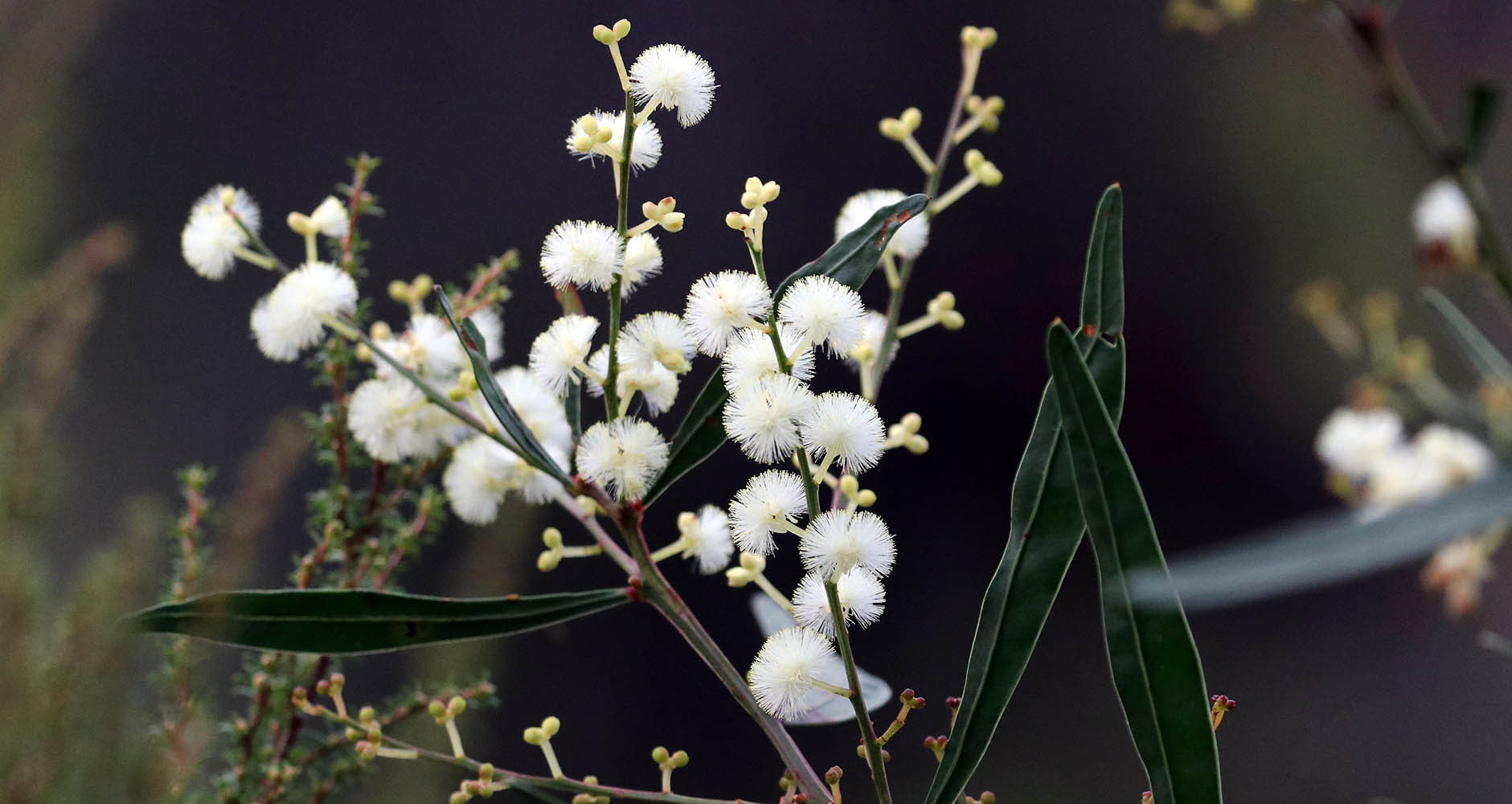 (Mt Franklin, WA)
(Mt Franklin, WA)The most important family in the south-west woodlands is the Mrytaceae. This family contains the Eucalypts, but also a large amount of other genera and species. Many of these dominate the canopy and thus define vegetation communities. A small example of this is Agonic flexuosa, the '(Western Australian) Peppermint' trees are short trees with have fibrous bark. They are mostly found near the coast and are endemic to south-west Australia. They are grown as an ornamental plant in other parts of temperate Australia and in places such as California. They have slim leaves giving them a 'weeping willow' appearance and can make 'Peppermint' forests.
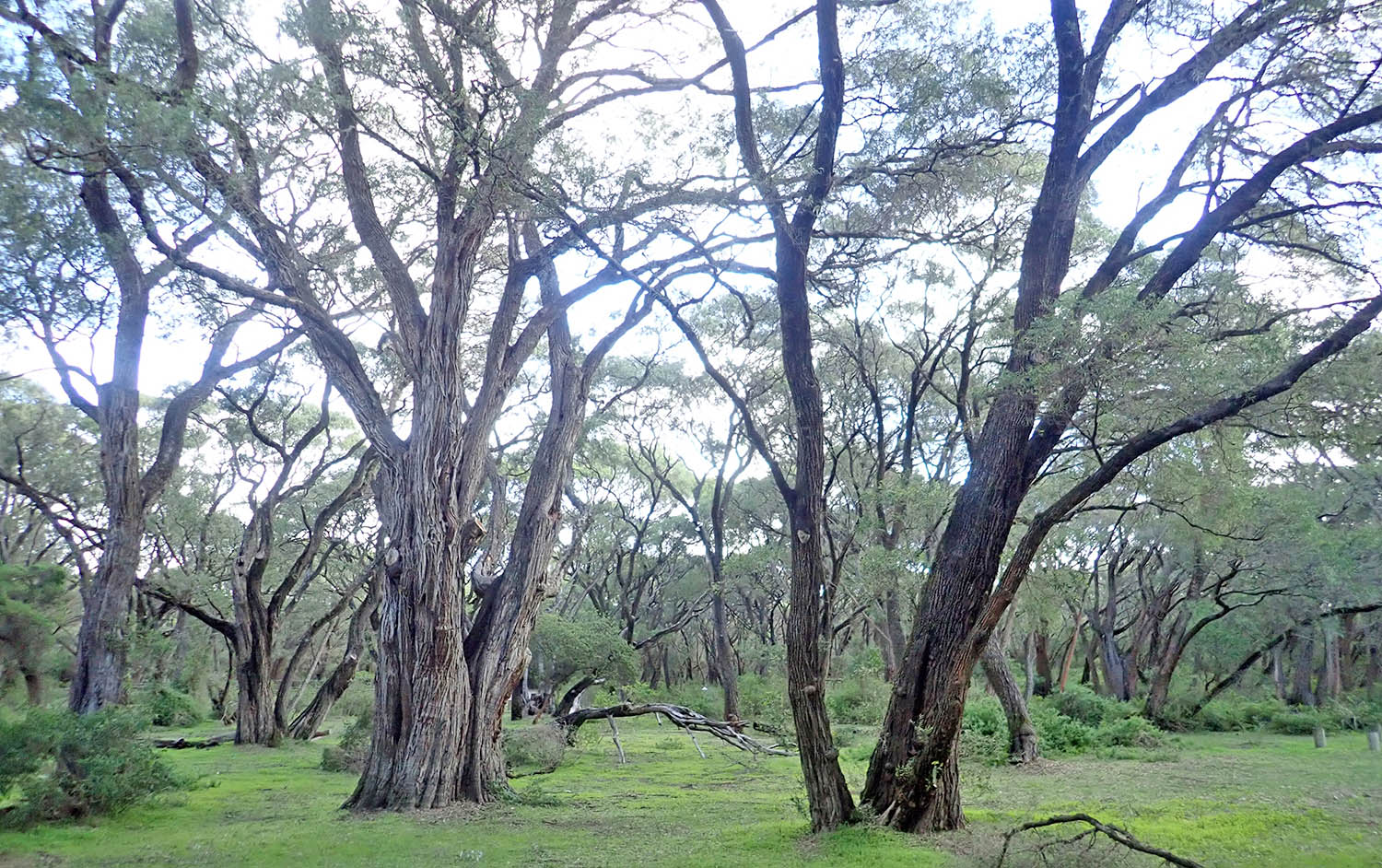 (Leeuwin, Western Australia)
(Leeuwin, Western Australia)Another canopy tree that defines it's own vegetaion community is the 'Marri' Corymbia calophylla, This often tall tree has tessellated bark, which bleeds red sap when cut. Often grows with Eucalyptus marginata 'Jarrah' that also make up their own forests. Both species are endemic to south-west Australia.
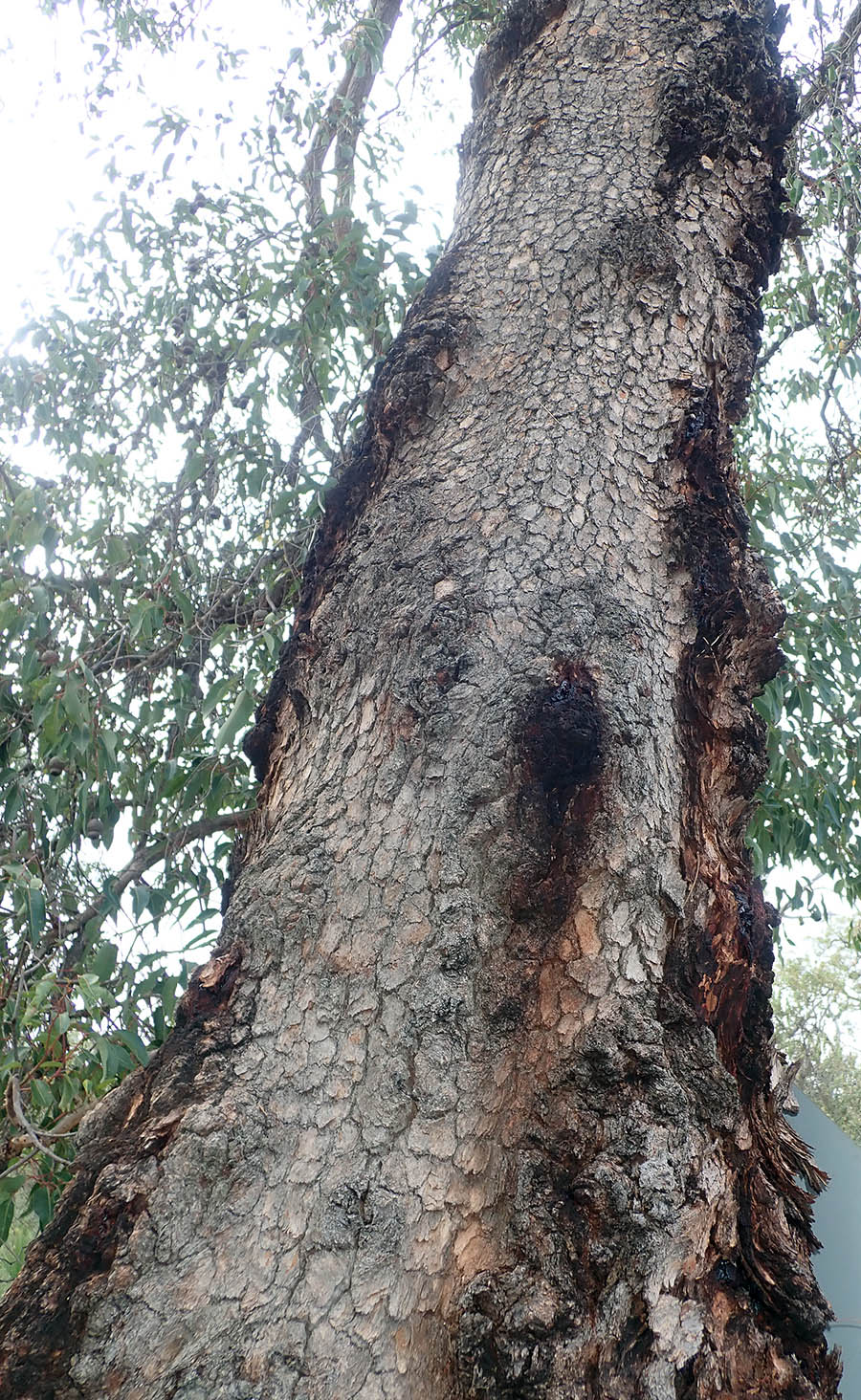 (John Forrest National Park, Western Australia)
(John Forrest National Park, Western Australia) "Names are for tombstones, baby. Take this honky out and waste him!" Some 'Honky nuts'. (John Forrest National Park, Western Australia)
"Names are for tombstones, baby. Take this honky out and waste him!" Some 'Honky nuts'. (John Forrest National Park, Western Australia)And again: Eucalyptus diversicolor 'Karri'. Not to be confused with the similar sounding but unrelated 'Kauri Pines' of wet tropical Australsia. One of the tallest trees in the world. Trunk is tall and straight, pale, with peeling bark. Dominates certain areas to become it's own beautiful forest type. Endemic to south-west of Australia.

Watch out for spiders!
Actually, I should say, "spiders, watch out for those humans!"
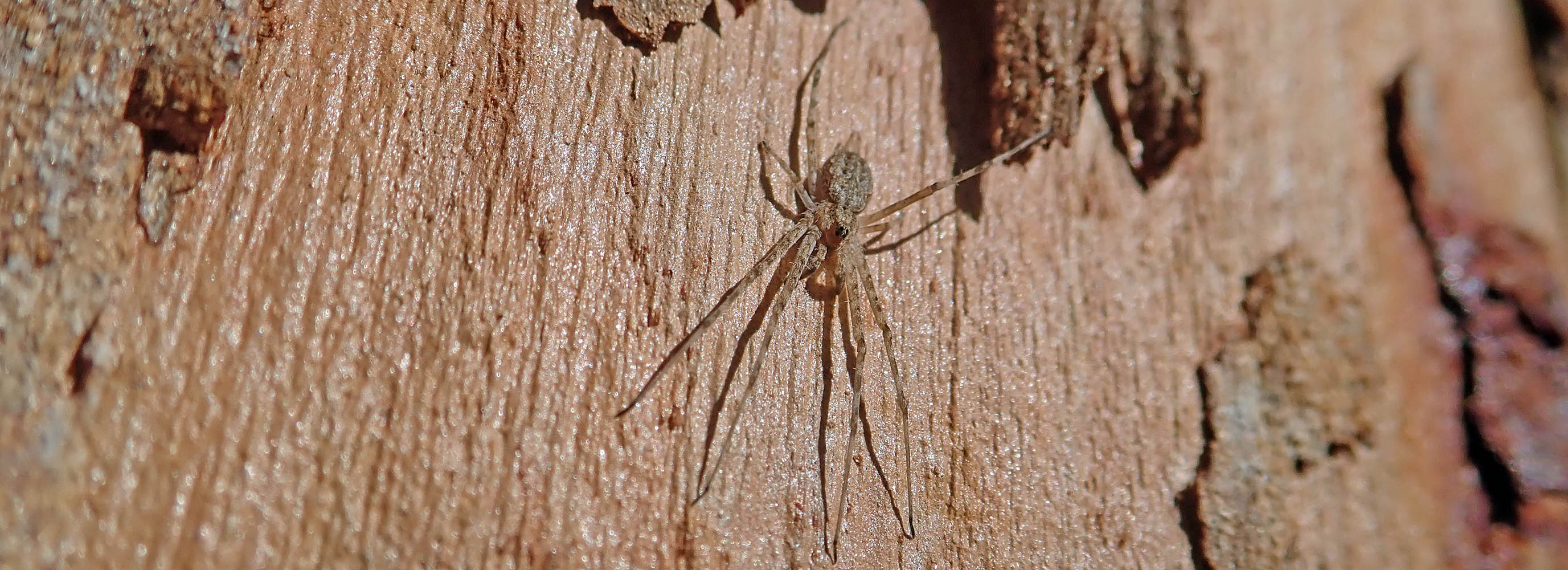 (Dryandra, W.A)
(Dryandra, W.A)When most people think of 'pigeon', they think of your average urban introduced species; however, there are many subtly beautiful species of native pigeon in most Australian habitats, including the temperate woodlands & forests. The often overlooked 'Common Bronzewing' Phaps chalcoptera occurs in both south-east and south-west temperate Eucalypt habitats.
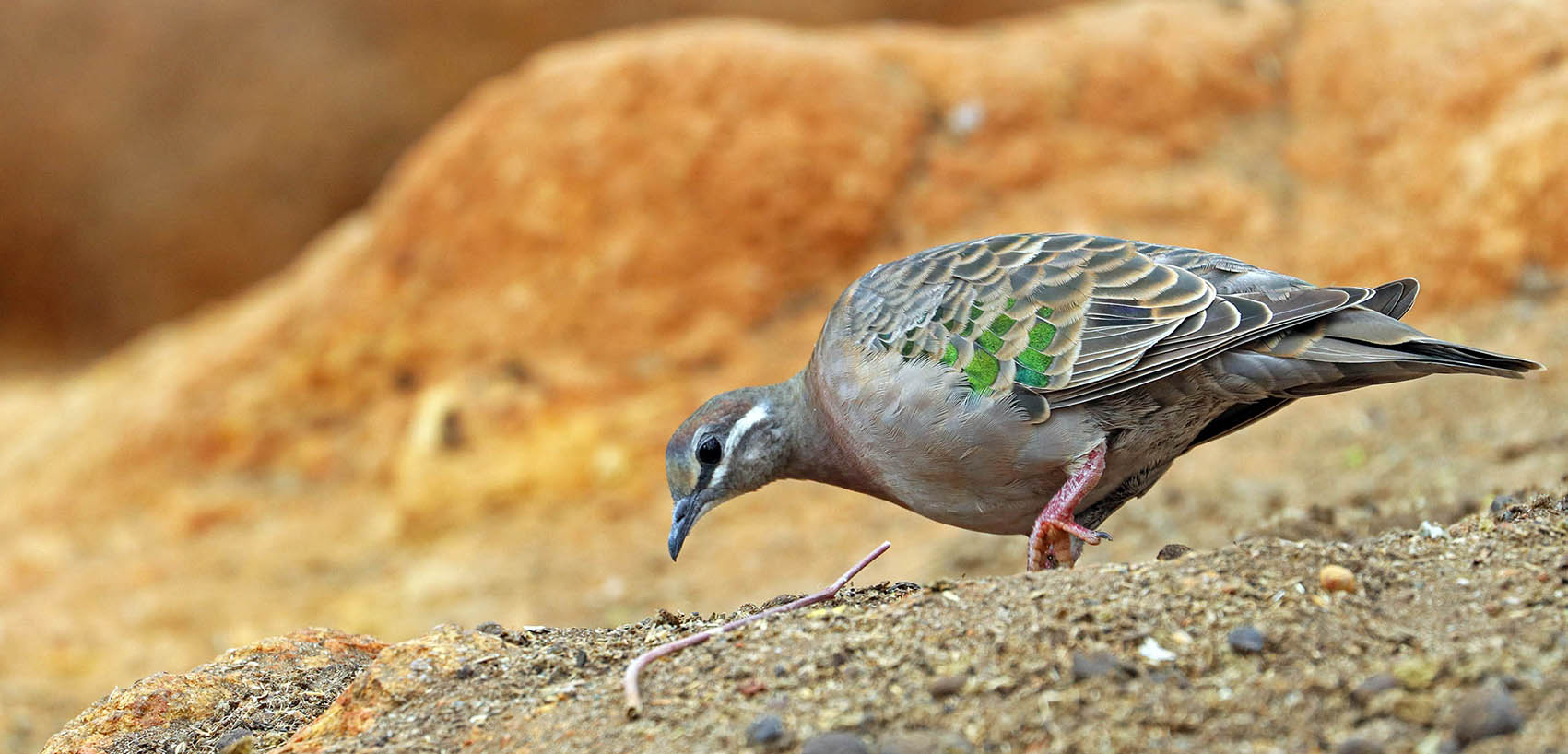 (John Forrest National Park)
(John Forrest National Park)The south western forest and woodlands are home to many stunning parrots, including the usual more widespread species, but also several that are endemic to the region.
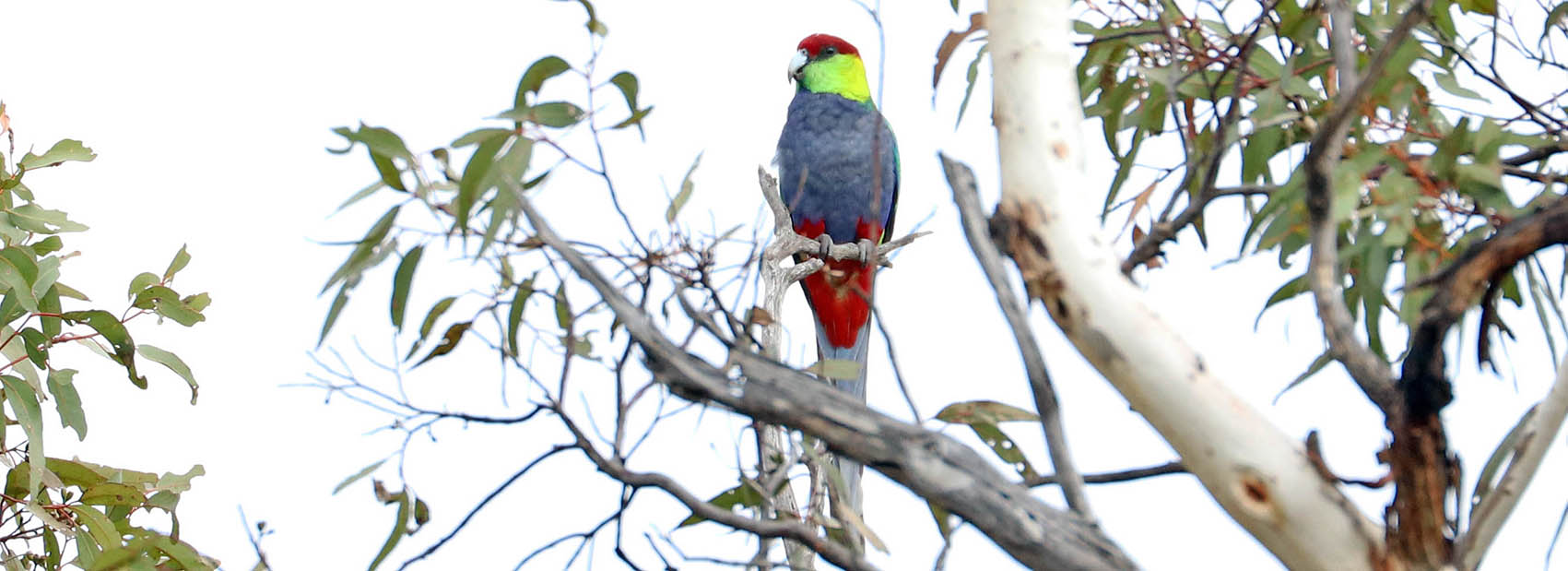 'Red-capped Parrot', (John Forrest, Western Australia).
'Red-capped Parrot', (John Forrest, Western Australia).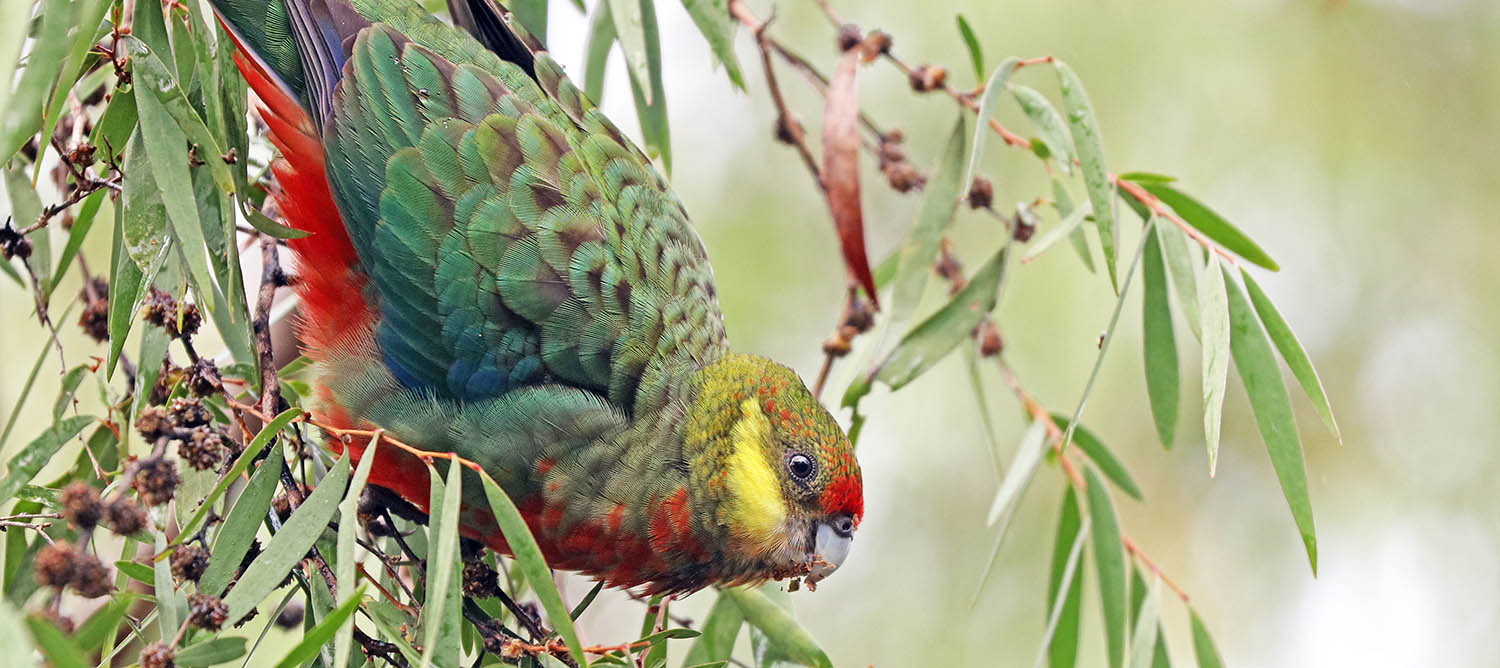 'Western Rosella', (Nornalup, Western Australia)
'Western Rosella', (Nornalup, Western Australia)The family Cacatuidae contains the Cockatoos and includes Zanda latirostris, 'Carnaby's Black Cockatoo'.
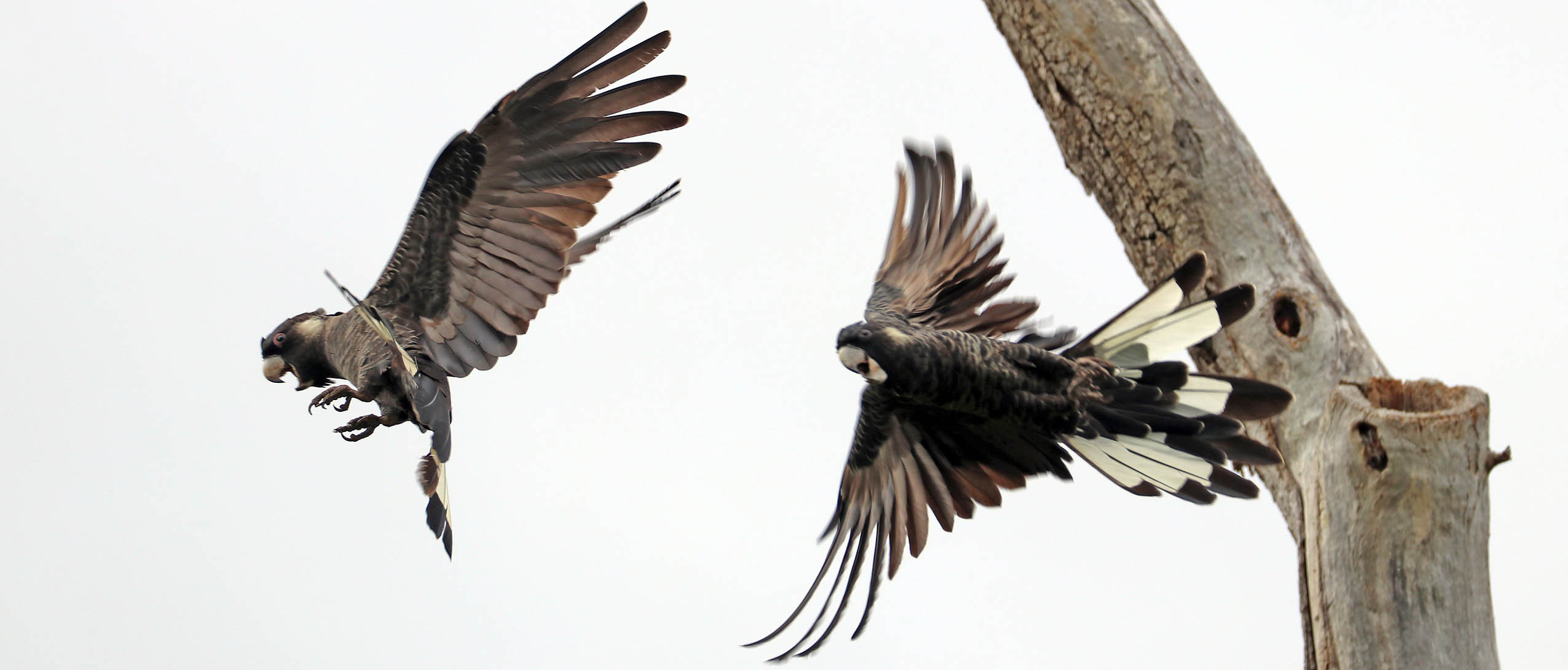 (Yanchep National Park)
(Yanchep National Park)All around the world there are birds that feed by climbing trees and looking under bark. With all the flakey barked Eucalyptus trees it would make sense this is a big niche in Australia. Across the country are various 'tree-creepers' of the family Climacteridae, including the south west endemic: the 'Western (Rufous) Treecreeper'.
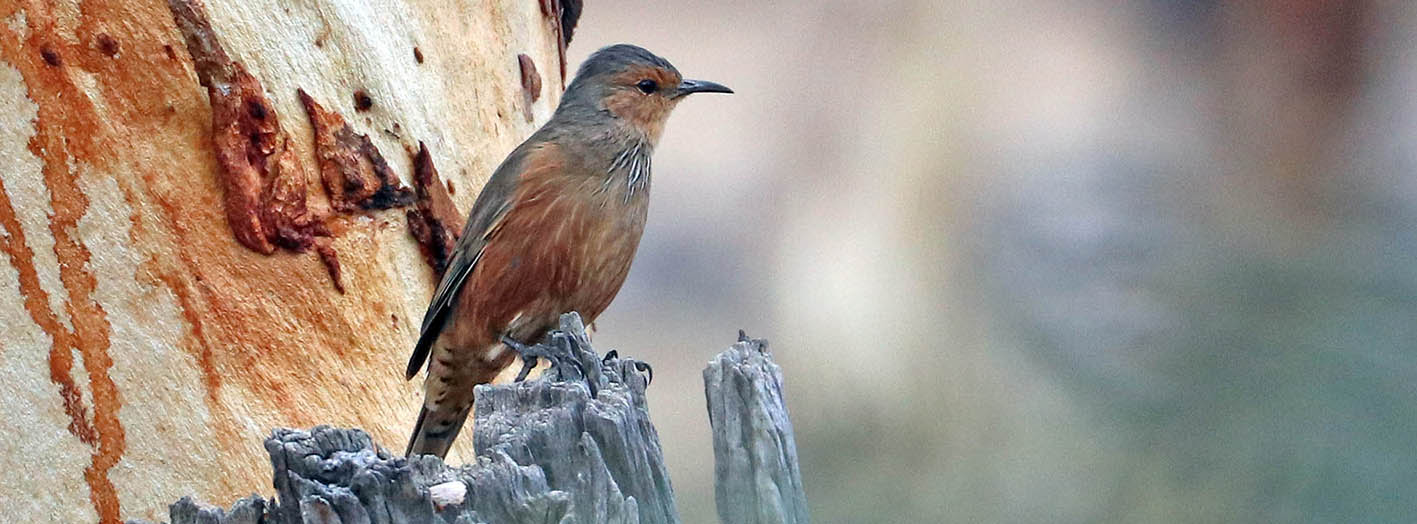 (Dryandra, Western Australia)
(Dryandra, Western Australia)The family Maluridae contains the 'Australian Wrens'. Most of the species in the temperate forests have bright blue males; the 'Red-winged Fairy Wren' Malurus elegans is endemic to south-west of Australia.
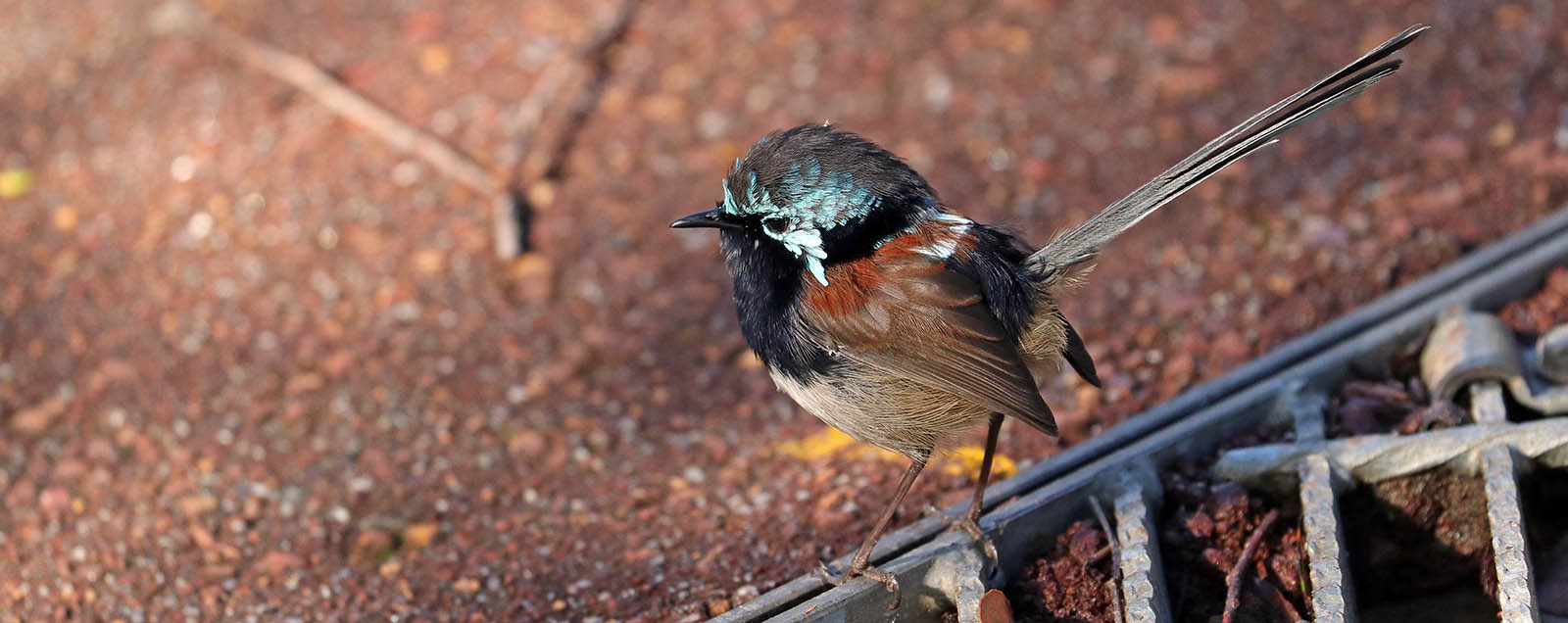 Red-winged Fairy Wren (Valley of the Giants carpark, Walpole, Western Australia)
Red-winged Fairy Wren (Valley of the Giants carpark, Walpole, Western Australia)The biggest group of birds in the temperate forests and woodlands of south-western Australia, as it is in most other habitats across Australasia, are the Honeyeaters of the family Meliphagidae. One of the most striking is the 'White-cheeked Honeyeater', which like the similar looked 'New Holland Honeyeater' is found in south-west and south-east corners of the continent. Usually associated with heath, such as Banksias.
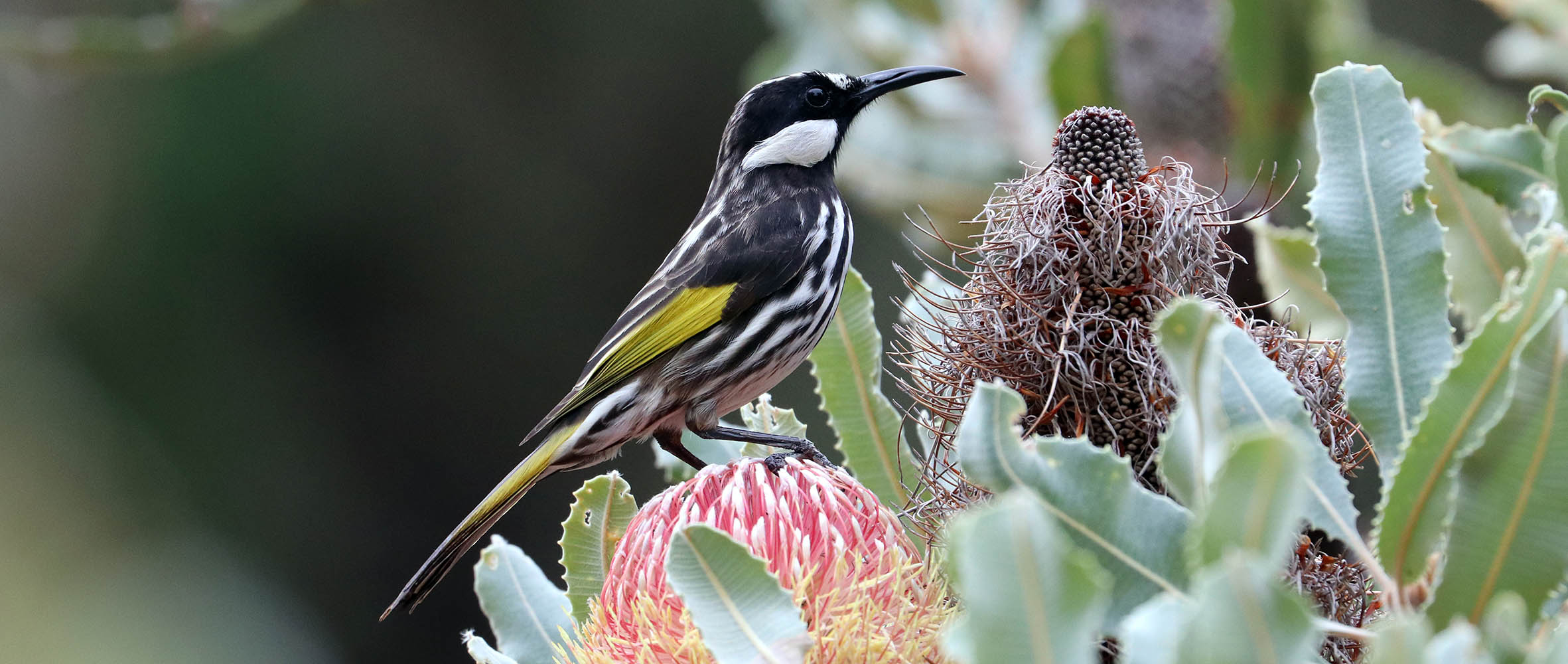 Kings Park, Perth
Kings Park, PerthThe unusual and endemic mammals of the Australian temperate forest and woodlands include famous and 'classic' marsupials such as kangaroos and wallabies.
 Western Grey Kangaroo (Whiteman Park)
Western Grey Kangaroo (Whiteman Park)The Australasian Possum family Pseudocheiridae includes at least 15 species spread throughout various wooded habitats across Australia and New Guinea. The south-west has their own endemic species, which is very restricted in it's range: Pseudocheirus occidentalis, the striking 'Western Ringtail Possum' (below).
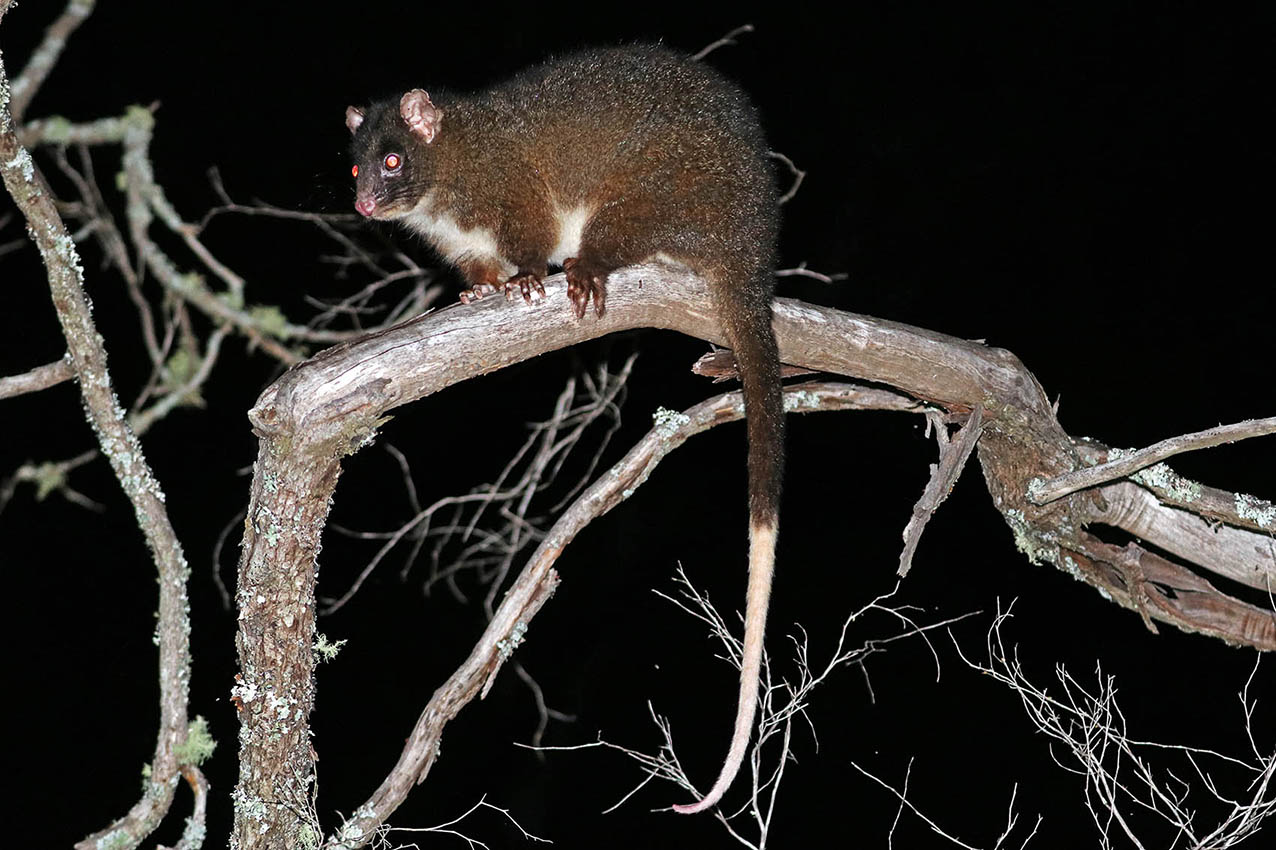 (Busselton)
(Busselton)The family Phalangeridae includes the 'Brushtails'. They are quite omnivorous; they’ll eat leaves, fruit, flowers and french fries. They are generally the only type of possum likely to be seen on the ground, where they may take handouts from people and scavenge around human habitations. The ‘Brushtails’ are probably the most vocal of the generally quiet marsupials, and their large fox-like ears reflect how important vocal communication is. Scent is also used, with a musky smelling substance produced from glands near the anus and on the chest; thus ‘brushies’ tend have a particular odour. The most commonly seen species in this family is Trichosurus vulpecula, 'Common Brushtail Possum' (below). It can be found, in one form or another, throughout much of the wooded habitats of Australia. They are the most vocal of all Australian marsupials, with growls, chattering clicks and screams (which can be surprisingly scary when one is in the bush at night alone!). The tail is prehensile; even a heavy, well-feed, fatty of an urban possum can hang upside down off a branch by just it's tail.
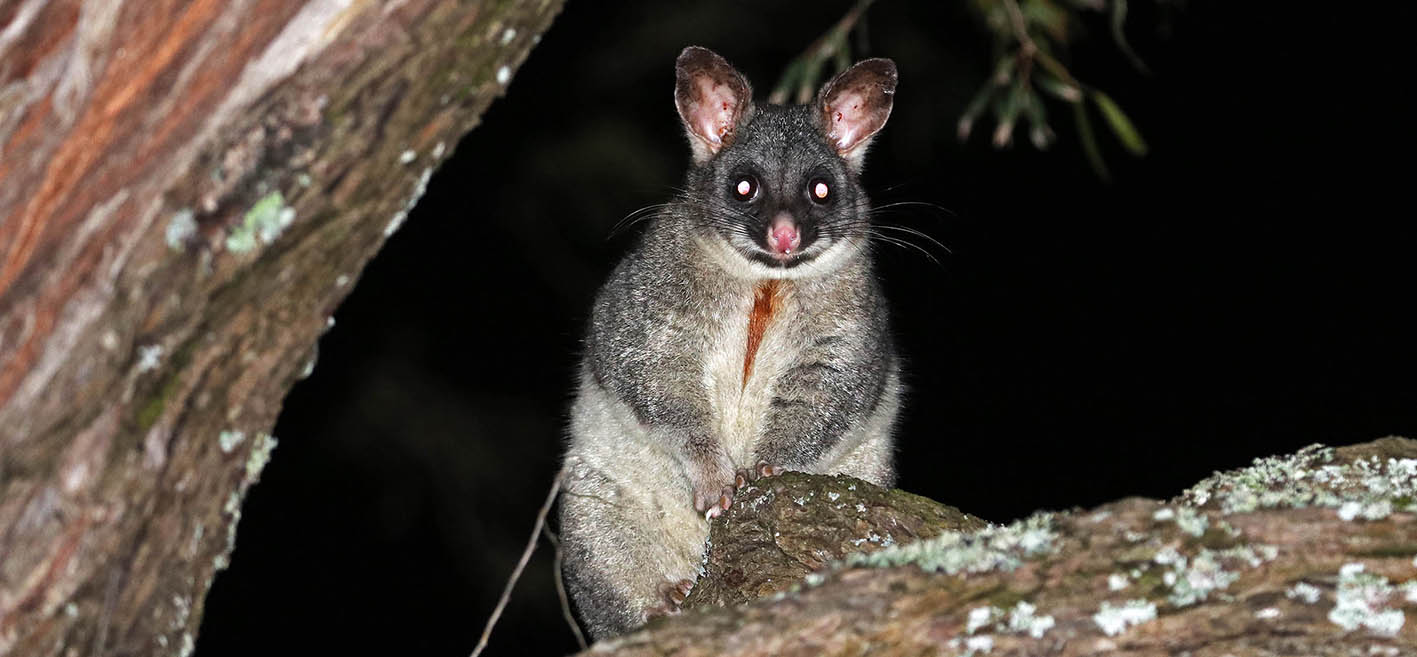 (Busselton)
(Busselton)The family Macropodidae includes the larger hopping marsupials, including the classic and well known kangaroos. Macropus fuliginosus, 'Western Grey Kangaroo' (below) is the common large kangaroo in temperate Australia west of the Great Dividing Range.
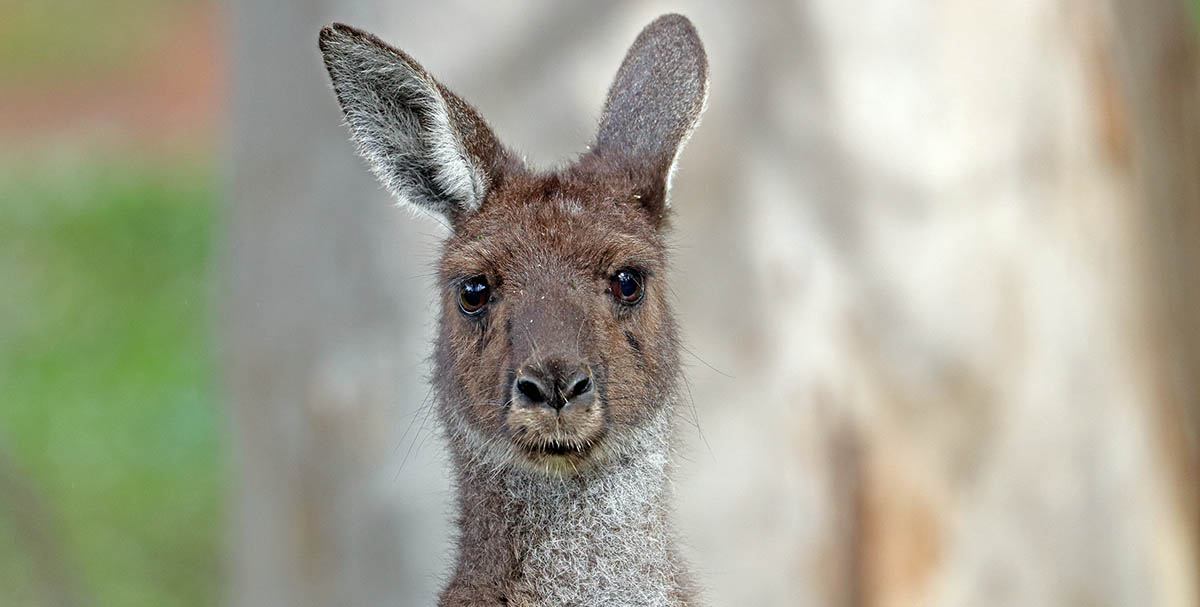
The Setonix genus only contains one species - the cute Quokka! This is endemic to the south west of Australia. Most commonly seen on Rottnest island, where they are habituated to people and even hang around the restaurants!
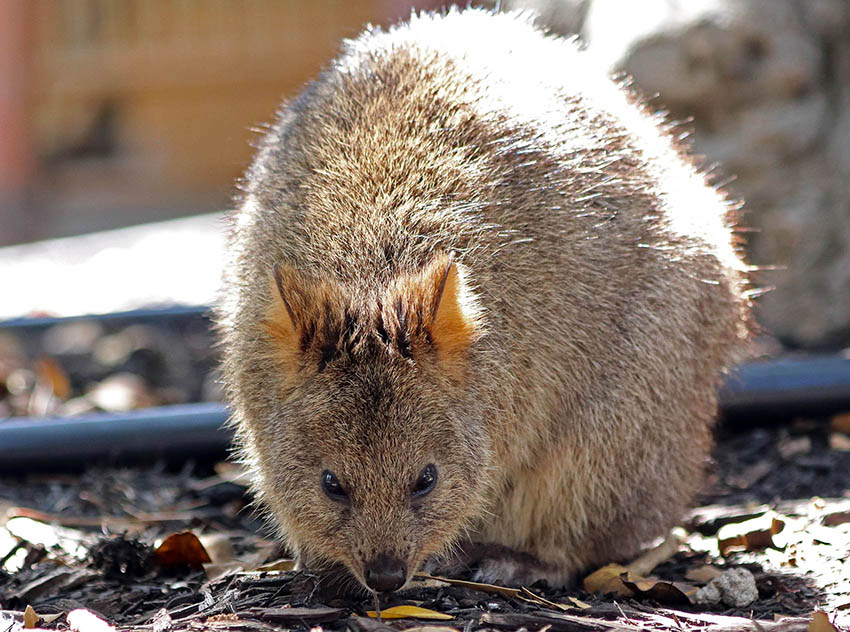 (Rottnest Island, Australia)
(Rottnest Island, Australia) The author with a Jarrah tree, Lane Poole, Western Australia.
The author with a Jarrah tree, Lane Poole, Western Australia.


